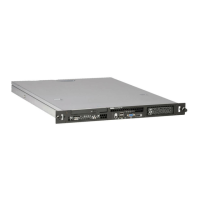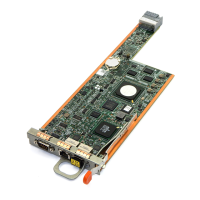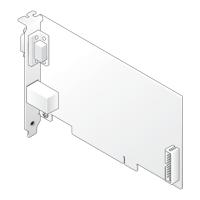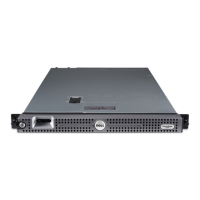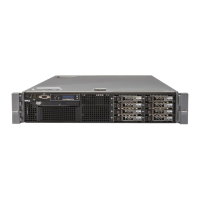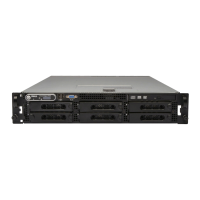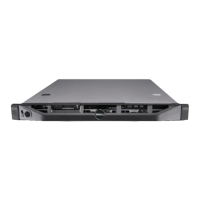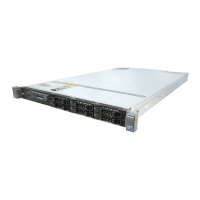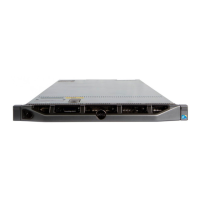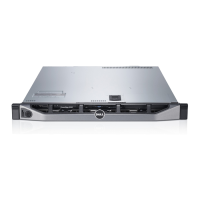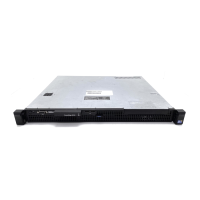The S140 allows the NVMe PCIe SSD 2.5 inch SFF and the NVMe PCIe SSD adapter in a RAID conguration. The NVMe PCIe SSDs
supports volume, RAID 0, RAID 1, and RAID 10.
NOTE: Hot removal or hot insertion of the NVMe PCIe SSDs in UEFI or pre-boot mode is not supported. In the operating system
environment, hot-swapping two or more NVMe PCIe SSDs simultaneously is not supported.
NOTE: Mixing of SATA drives and NVMe PCIe SSDs in a virtual disk is not supported.
NOTE: Ensure that you use only the S140 UEFI conguration utility to congure the NVMe PCIe SSDs during
preboot.
NOTE: In UEFI HII mode, you can use the NVMe PCIe SSD option on the Device Settings page to view NVMe physical disk
properties and perform blink/unlink operations.
NOTE: RAID conguration and boot from NVMe virtual disk is supported only in UEFI boot
mode.
NOTE: RAID conguration using Option ROM (OPROM) is not supported on systems with the NVMe PCIe
SSD.
Physical disk write cache policy for SATA drives
The physical disk write cache policy feature enables the disk to cache the data rst, and then the cached data is written to the storage
device in the background. For more information about managing the physical disk write cache policy, see
Managing the physical disk write
cache policy for SATA drives.
NOTE
: You can use UEFI or Option ROM (OPROM) to congure the physical disk write cache
policy.
NOTE: You cannot congure a physical disk write cache policy on a non-RAID
disk.
NOTE: Linux RAID does not support conguring physical disk write cache policy, or virtual disk write cache
policy.
Linux RAID
The Linux RAID feature is supported on all PowerEdge 14th generation systems. You can use Linux RAID to protect data across multiple
devices. The S140 conguration utility supports conguring RAID 1 virtual disk in UEFI mode. The Linux operating system can be installed
on that virtual disk, and once the system boots to the Linux environment, the Linux native RAID driver manages the virtual disk. For
information about conguring Linux RAID, see Conguring Linux RAID.
NOTE
: Ensure that your system has the latest BIOS rmware. You can download the latest BIOS rmware from dell.com/
support.
NOTE: Ensure that you use only the S140 UEFI conguration utility to congure Linux RAID feature during pre-
boot.
NOTE: Ensure that the boot virtual disks are congured in RAID 1, using two physical disks of identical drive type (HDD or SSD)
and sector size. However, you can also congure nonboot virtual disks in any of the supported RAID levels in the Linux operating
system.
Physical Disks 13
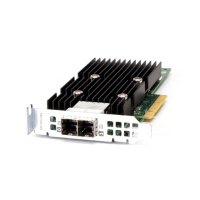
